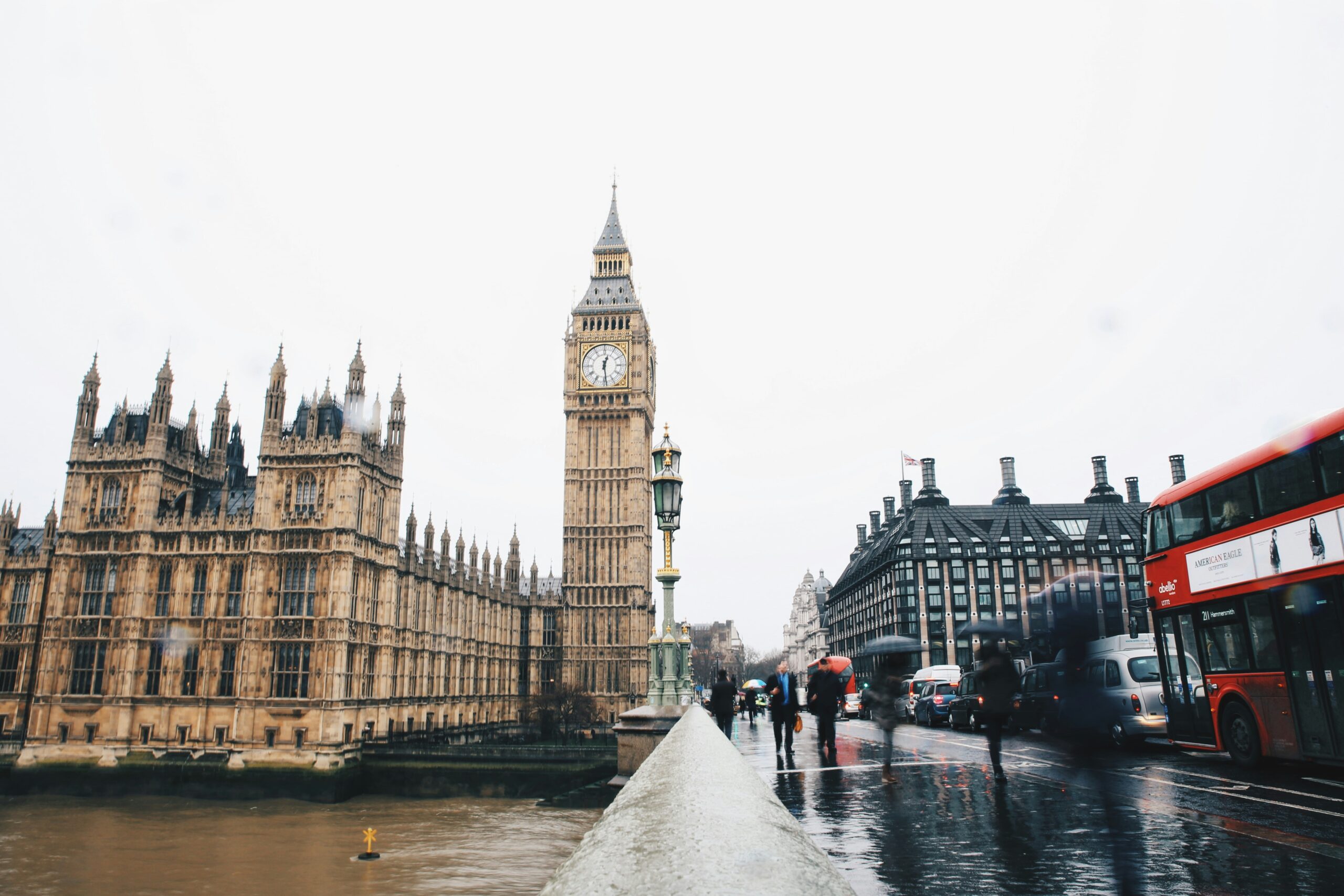Much of the UK’s land area – 71% – is devoted to agriculture overseen by farmers, land owners, and land managers. The rules and arrangements which govern those groups, therefore, can have a profound impact on the country’s natural environment. Currently, rural activity and natural environment policies are funded and administered disparately by both the EU and the UK Government, across a number of different schemes. But by leaving the EU, and by extension the Common Agricultural Policy (CAP), the UK Government has a unique opportunity to both reform the current system of rural payments and enhance the country’s natural environment.
As part of our energy and environment research theme, Bright Blue has today published a new policy report, “A greener, more pleasant land: a new market-based commissioning scheme for rural payments”, in which we recommend the creation of a new system in which the public, private interests, and civil society commission farmers, land managers, and land owners to provide certain ecosystem services.
Introduction
At present the UK receives approximately £3.1 billion a year under two ‘Pillars’ which make up CAP, which it then distributes amongst farmers, land managers, and land owners. Pillar I payments are designed to support farmers’ incomes and constitute the majority of the income farmers receive from the EU. Pillar II funding consists of money granted to farmers, land owners, and land managers with a particular emphasis on improving the natural environment, as well as rural productivity, innovation, and skills.
In addition to CAP, the UK Government has schemes of its own from which farmers, land owners, and land managers can derive income. The Department for Environment, Food and Rural Affairs (Defra), for instance, has a capital budget for flood defence and coastal erosion, part of which is used for natural flood management. There are also budgets in Defra which are used to support payments for ecosystem services, such as the Woodland Carbon Fund, which offers grants to encourage tree planting.
The consequence of all of these different schemes rewarding different aspects of rural activity is a complex, and at times contradictory, set of affairs. We recommend that after Britain leaves CAP, the money available to farmers, land managers, and land owners for providing various ecosystem services are merged together into a single rural payments budget.
A new post-Brexit vision for rural payments
In our new scheme for rural payments, we envisage ‘suppliers’ bidding together or individually to provide ecosystem services to paying ‘beneficiaries’ in specific catchments via online market-places. We anticipate that mutually interested beneficiaries could club together to fund projects, and the inclusion of public funding would also help in leveraging, or ‘crowding in’, private money.
Suppliers would include farmers, land owners, and land managers. Beneficiaries would include the general public (represented by central, devolved, and local government), private interests (such as water companies, other land managers, and insurers), and other groups (such as conservation NGOs, civil society groups, land trusts, philanthropists, local communities via town and village halls, or crowd funders).
Ecosystem services are parts of the natural world from which the general public derive social benefit. The types of ecosystem services which could be provided by suppliers to beneficiaries would be classified and defined by the Natural Capital Committee (NCC). It would be comprehensive and would include various measures, such as reduced fertiliser and pesticide use, woodland replanting and management, creation of field strips next to arable land, and maintaining features like hedges, stone walls, or ponds.
We envisage the market-based commissioning scheme would be administered, coordinated, and regulated by an arms-length body such as the Environment Agency. Utilising pre-existing bodies such as the NCC and the Environment Agency is important, as it minimises the creation of new layers of bureaucracy.
Some suppliers will likely lack the upfront capital required to deliver ecosystem services which beneficiares are looking to commission. For this reason, we propose that a government-backed Natural Environment Finance Facility (NEFF) is established to provide guarantees and concessional finance to suppliers, particualrly smaller farmers, land owners, and land managers in less developed parts of the country.
Phases and principles
A key element of the scheme which we lay out in the report is that it should be introduced gradually. A phased approach with a clear long-term commitment of central government funding of at least £3.1 billion a year until 2026-27 is essential for suppliers to adapt and deliver enhanced natural environment outcomes.
We set out four phases of implementation, starting in 2018-19. Phases one to three would last for nine years and we believe this is proportionate to the complexity of the introduction of new arrangements. It gives sufficient time for all actors to understand the new arrangements and for them to bed in. In the fourth phase, the scheme will be approaching maturity, and learning would continue to take place periodically. Only in the fourth stage do we believe that central government could begin to adjust the overall amount of funding available for rural activity.
Conclusion
Reforms to rural payments could bring significant public benefits, including a more sustainable farming industry, enhanced natural beauty and landscapes, greater biodiversity, increased carbon sequestration, improved natural flood defences, better water quality, better mental and physical health, and better air quality. Achieving this will not be easy. However, the market-based commissioning scheme which we set out in this report, operating alongside a properly enforced system of environmental regulations and targeted livelihood support (particularly for smaller farmers), will positively shape rural activity and the natural environment for many decades to come.
Eamonn Ives is a Researcher at Bright Blue





